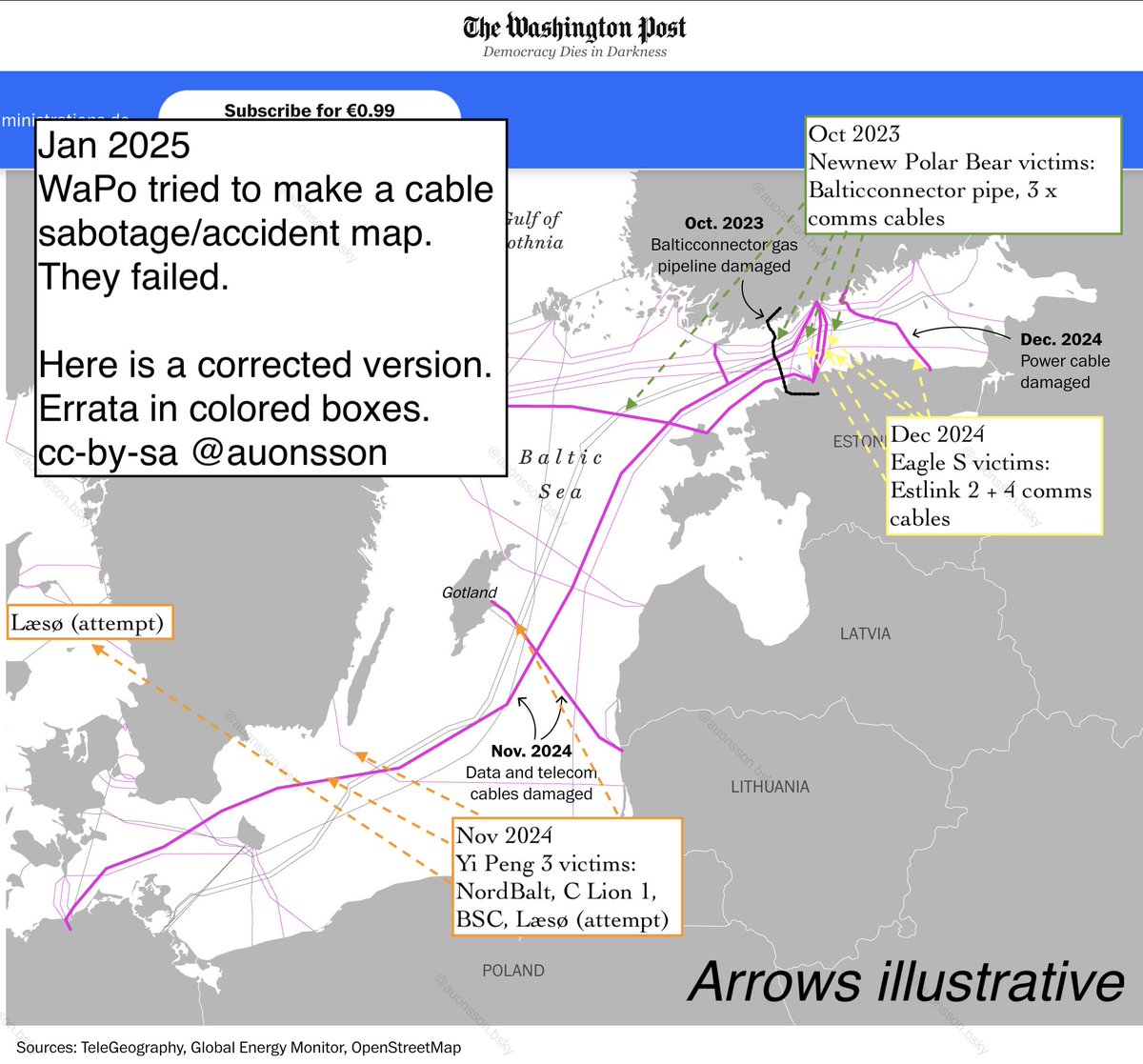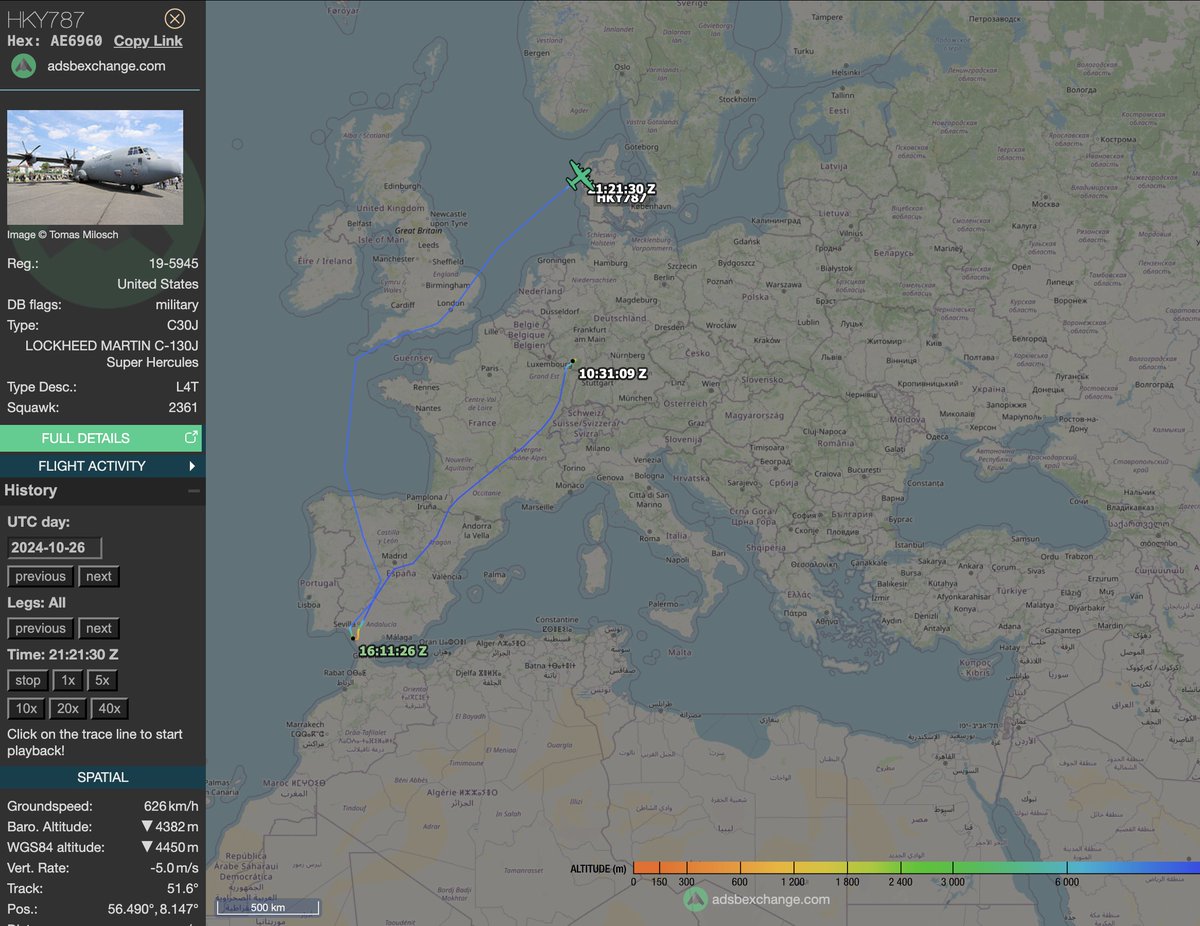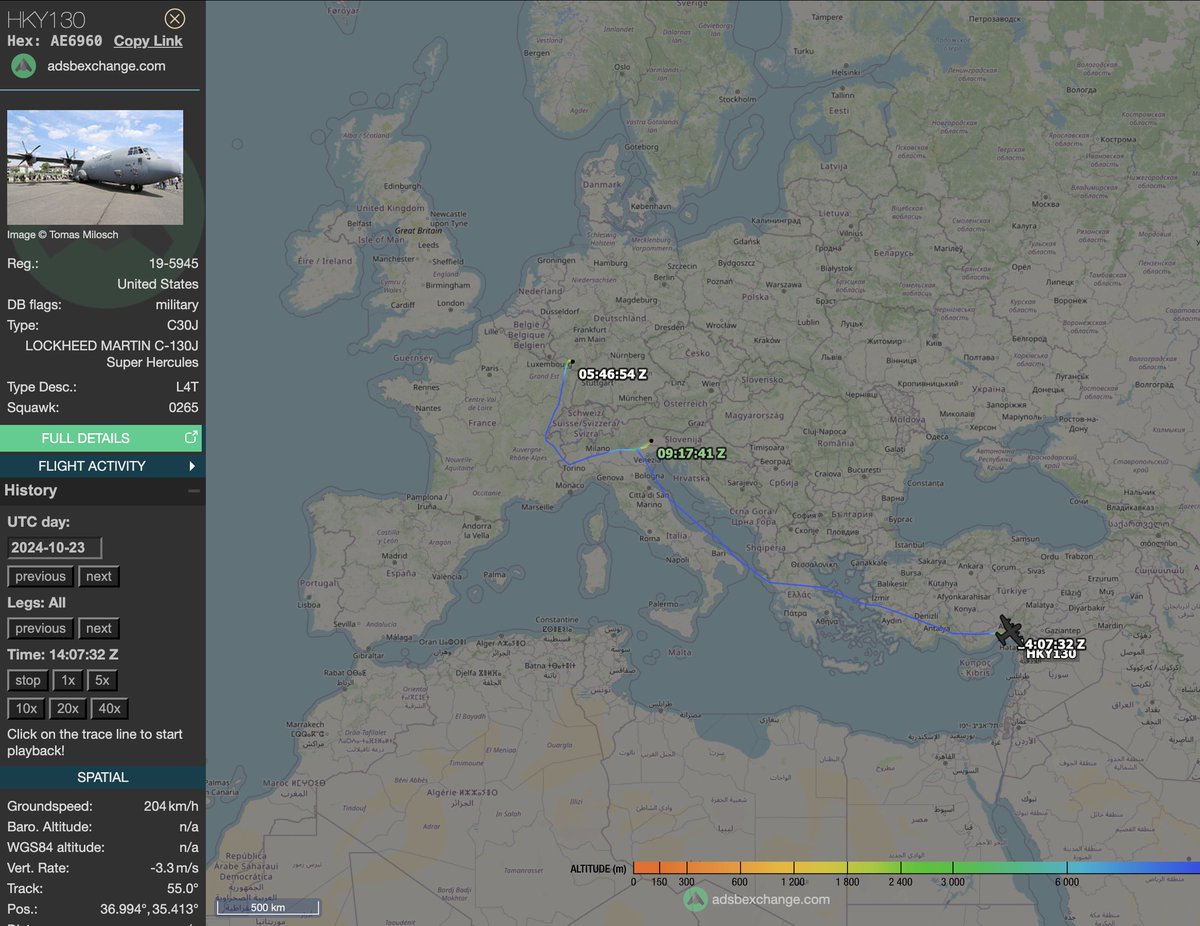South Baltic sea is experiencing a newish type of GNSS-jamming. It is affecting units at sea level far and wide, much further than one ground based jammer can reach.
The most intense attack so far took place as the political elite of Denmark and 100k visitors met at Bornholm.
The most intense attack so far took place as the political elite of Denmark and 100k visitors met at Bornholm.
Data for animation above is the signal levels that RINEX stations receive from various GNSS-constellations.
Last year a limited span of frequencies were affected. 2025 all frequencies/bands are affected. BeiDou, not illustrated (noisy).
The Bornholm station is used as example.

Last year a limited span of frequencies were affected. 2025 all frequencies/bands are affected. BeiDou, not illustrated (noisy).
The Bornholm station is used as example.


Looking per station we can see the geographic and temporal reach.
South-east corner of Baltic is affected (but not all stations!) and with an intensified period right now.
It is also evident that the ongoing 2025 attacks result in a much more degraded signal to noise ratio.

South-east corner of Baltic is affected (but not all stations!) and with an intensified period right now.
It is also evident that the ongoing 2025 attacks result in a much more degraded signal to noise ratio.


As shown above, all of the GNSS bands are affected. In between the GNSS bands is a search and rescue-frequency presumably also affected. 

Method: i have collected RINEX observation data from a selected number of stations, downloaded from various repos. These are parsed, 15 minute mean SNR is calculated for each station and band. Result is processed in R utilizing LOESS and Z-score to find signal degradation. 

Result is manually inspected and I have made a judgement call on what constitutes an attack. See plot for example. There are some spread outliers, most unlikely to be part of the attacks and some possibly part. Those are red in the OP animation, without circle. 

Suggestions for improved statistics welcome. I am in the process of downloading a worldwide-ish set of similar data and I am certain brighter minds could refine the statistics.
I have a suspicion that we are seeing a worldwide, space based attack. More to come.
I have a suspicion that we are seeing a worldwide, space based attack. More to come.
Comment: the attacks we see in data above can not be explained by a sole ground/ship based transmitter. The distances are far too wide for it to be physically possible as far as I understand radio propagation. It could be explained by atmospheric ducting but ...
.. I doubt this is the full explanation. A second possibility is distributed jammers, meaning they are based very close to shore or on shore of Sweden, Denmark.
Most likely I believe we are looking at attacks on the GNSS-satellites themselves.
Most likely I believe we are looking at attacks on the GNSS-satellites themselves.
From this data we can not attribute a source. Given what we know from mine and others previous work Russia is an obvious prime suspect. I do however expect NATO is working hard on both jamming and anti-jamming tech, so maybe from Bornholm? =)
Sources: swepos-open.lantmateriet.se (SE-files), ftp://ftp.sonel.org/gps/data (DK-files), epncb.eu/ftp/obs/2025, igs.bkg.bund.de/root_ftp/EUREF…, igs.bkg.bund.de/root_ftp/IGS/o…, gnss.bev.gv.at/at.gv.bev.dc/d… (rest of the stations)
I should add, we know that the stat anomalies from 2024 resulted in real world effects, because during those Baltic Sea was full of ships radioing to each other how they lost GPS-signal. 

• • •
Missing some Tweet in this thread? You can try to
force a refresh






















